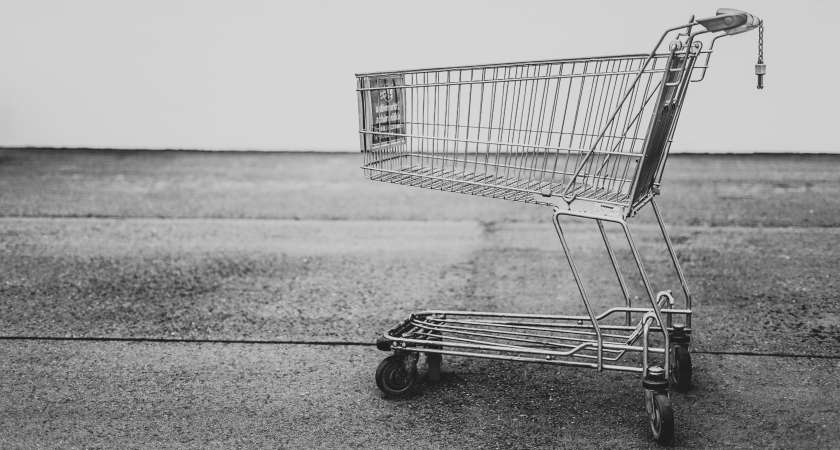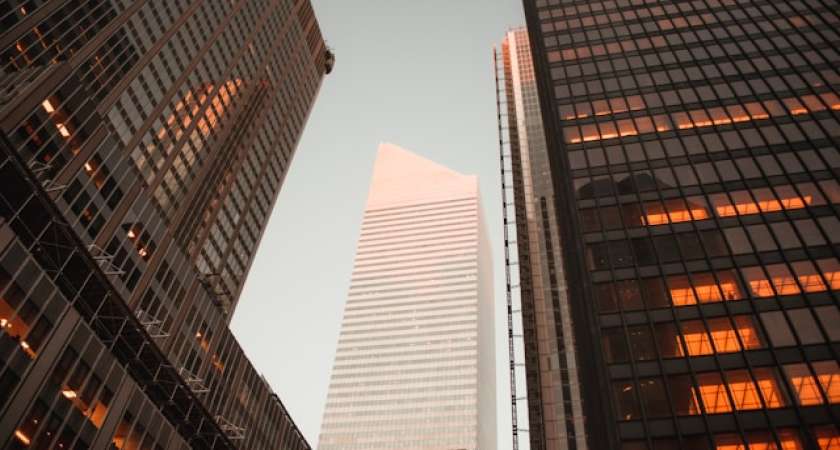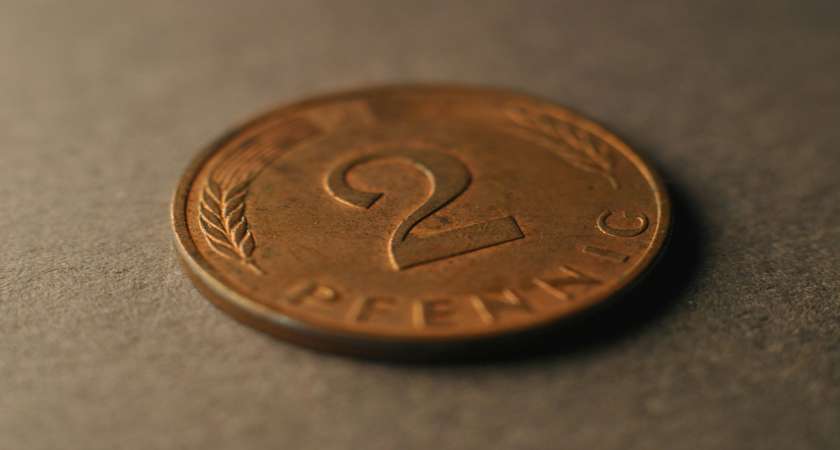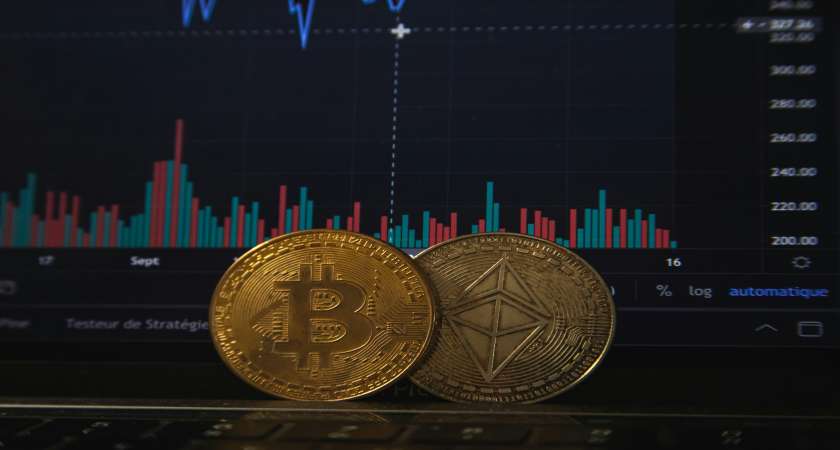Overview of Indonesia Energy Buffer Reserve Policy

Domestic energy consumption in Indonesia continues to rise significantly, resulting in concerns about potential energy shortages and scarcity. To address this issue, the government initiated a solution to mitigate the risk associated with increased energy consumption, known as the energy buffer reserve (Cadangan Penyangga Energi or “CPE”) by issuing President Regulation No. 96 of 2024 on Energy Buffer Reserves (“PR 96/2024”).
Generally, CPE is an energy source stored to fulfil national energy needs within a particular period. It maintains the availability of energy sources and prevents energy crises and emergencies within the country.
In light of the above, we provide a summary of PR 96/2024, specifically regarding: (i) Types and Amounts of CPE, (ii) Storage Locations, and (iii) Private Sector Involvement.
Types and Amount of CPE
To mitigate energy consumption risks and ensure stored energy availability, three types of energy shall be managed under the CPE framework with the minimum amounts to be stored by the government as CPE (Articles 5 and 6 of PR 96/2024):
| Types of Energy | Amount |
|---|---|
| Gasoline for transportation fuel | 9,64 million barrels |
| Liquified Petroleum Gas ("LPG") for industrial, commercial, transportation, households, etc. | 525,78 thousand MT |
| Oil for oil refinery operations | 10,17 million barrels |
The designated amounts of CPE must be achieved by 2035. Please note that the list above is subject to any future adjustment by the Government, considering the geopolitical, territorial, and time aspects (Articles 4 (2) and 5 (5) of PR 96/2024).
Storage Location of CPE
The CPE must be stored in specific locations that meet the following criteria, based on the:
- geological aspect;
- ease of access for distribution;
- territory spatial planning;
- geopolitical, legal, defense, and security aspects;
- social and cultural aspects;
- environmental aspect;
- infrastructure aspect;
- funding consideration;
- risk mitigation planning; and/or
- potential energy crisis and/or energy emergency
(Article 8 (2) of PR 96/2024)
The storage locations will be decided by the National Energy Council – which comprises Ministers and experts. We note that at the moment, the National Energy Council has yet to decide CPE Storage locations.
Private Sector Involvement
According to Article 10 of PR 96/2024, the Ministry of Energy and Mineral Resources (“MoEMR”) will be held responsible for the implementation of CPE, and cooperate with the private sector, such as State-Owned Enterprises, private corporate entities, and Permanent Establishments (Bentuk Usaha Tetap).
The CPE activities include:
- CPE supply procurement;
- CPE infrastructure provision;
- CPE maintenance;
- CPE usage; and
- CPE recovery.
(Article 11 of PR 96/2024)
MoEMR may the private sector to implement each of the activities above. For instance, MoEMR may procure either domestic or foreign CPE production from the private sector to fulfil the minimum CPE target (Articles 12 and 13 of PR 96/2024).
Concluding Remarks
With a target of full implementation by 2035, PR 96/2024 represents the government’s prevention effort to maintain national energy availability amid global uncertainty pertaining to energy sources. By allowing collaboration with businesses to support the implementation, it is expected that the government will be able to rent depots or terminals from the existing business entities, or even engage the private sector to build new infrastructure.
The article above was prepared by Audria Putri (Senior Associate), Mia Sari (Senior Associate), and Irfan Yusuf (Associate).
Disclaimer: The information herein is of general nature and should not be treated as legal advice, nor shall it be relied upon by any party for any circumstance. Specific legal advice should be sought by interested parties to address their particular circumstances









